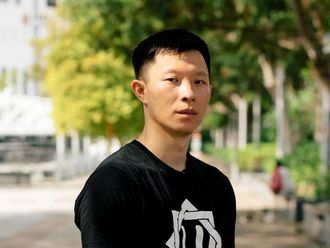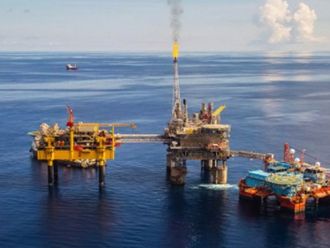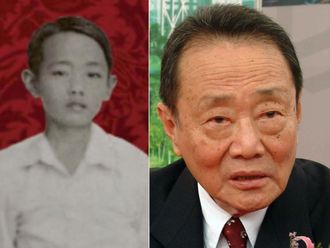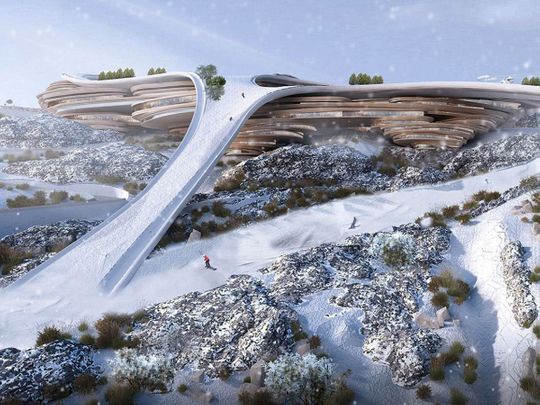
The Asian Winter Games is coming to Saudi Arabia. How can a desert country like Saudi Arabia host winter games? It’s a question that springs to mind since temperatures in the kingdom rarely drop below 8 degrees Celsius.
The truth is there are colder regions in Saudi Arabia, especially in the Sarawat Mountains, northwest of the kingdom. The Tabuk province here has chilly winter, complete with snow. Trojena, the host of the 2029 Asian Winter Games, lies in the mountain ranges of Sarawat and will house the first outdoor ski resort in the Gulf.
The Trojena resort is situated in the centre of Neom, an ultra-modern city taking shape 50km from the Gulf of Aqaba coast. The region is characterised by a mountain range with the highest peaks in Saudi Arabia, rising around 2,600 metres above sea level. So temperatures can dip below zero in winter and is about 10 degrees cooler than the rest of the region, according to the project’s website.
So Asian Winter Games in Saudi Arabia is indeed possible. It could well be the best Asian Winter Games. More so since Saudis are keen to showcase the $500 billion futuristic megacity of Neom being built on the Red Sea.
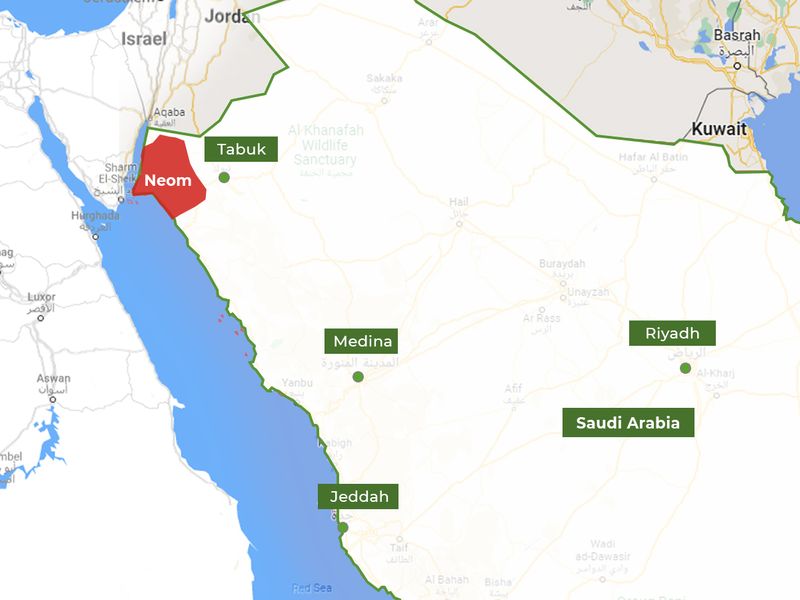
“The deserts and mountains of Saudi Arabia will soon be a playground for winter sports,” the Olympic Council of Asia (OCA) said in a statement after Saudi Arabia was chosen on Tuesday (October 4) to host the 2029 Asian Winter Games during its general assembly meeting in Phnom Penh, Cambodia.
The Asian Winter Games include competitions for skiing, snowboarding, ice hockey and figure skating — 47 events, 28 on snow and 10 on ice, the OCA said.
What’s the Asian Winter Games?
It’s a multi-sport extravaganza competed by nations affiliated with the Olympic Council of Asia. Only winter sports are featured in the event held every four years. It’s the winter version of the Asian Games.
The origins of the Asian Winter Games
The seeds of the Asian Winter Games lie in the 1972 Winter Olympics. Sapporo in Japan, which hosted the Olympics, had the infrastructure and the capability to organise multi-sport winter games. So when the Japan Olympic Committee suggested a winter version of the Asian Games, the Olympic Council of Asia readily agreed. Only seven nations competed in the first Asian Winter Games in Sapporo in 1986.
What were the sports in the inaugural edition?
Alpine skiing, biathlon, cross-country skiing, ice hockey, short-track speed skating and speed skating were the six events at the first Asian Winter Games. Since 1986, more events have been added in the subsequent editions. Figure skating, freestyle skating, and ski jumping have become regular competitions. Bandy (2011) and ski orienteering (2011) were held only once, while curling and snowboarding competitions were run only in some games.
The growth of the Winter Asiad
In 21 years, the Asian Winter Games attracted more nations. The 2007 Asian Winter Games in Changchun attracted 27 of the 45 members, with a record number of competitors. All 45 member nations sent delegations for the first time in Winter Asiad history.
The eighth Asian Winter Games was in Sapporo in 2017, and the next edition was to be held in Gangwon in South Korea in 2025. Oceania countries Australia and New Zealand were invited to the 2017 Games.
Which country has won the most medals?
Japan leads the list of winners with 397 medals, including 138 gold, followed by China with 284 (94 gold). Kazakhstan’s 78 gold in a tally of 196 puts them in the third slot, with South Korea (249) four gold medals away.
Why’s the Winter Asiad in Saudi Arabia special?
Saudi Arabia will become the first country in the Middle East to host the Asian Winter Games when the event unfolds in Trojena in 2029. The first outdoor ski resort in the Gulf, Trojena in the Sarawat Mountains, will be powered by renewable energy. It will feature a ski village, wellness facilities, the region’s largest freshwater lake, and an interactive nature reserve.
Trojena, which is part of the Neom project in the northwestern region of Saudi Arabia, is due for completion by 2026, according to planners. Neom is a giga-project being built in 26,500 sq. km of desert, coast and mountains straddling the Jordanian and Egyptian borders in Saudi Arabia’s northwest. It will include an industrial city and a mountain ski resort.
What are the features of Trojena?
The mountain destination of Trojena can be reached by around 40 per cent of the world’s population within four hours. Surrounded by the Sarawat Mountains, which rise 2,400 metres above sea level, Trojena’s temperature is, on average 10 degrees Celsius cooler than the rest of the region, providing a temperate climate for outdoor sports around the year.
Situated around 50km east of the Red Sea coastline, the futuristic ski megacity in Neom will cover an area of around 60 square kilometres. It will include elevations ranging between 1,500 metres and 2,600 metres.
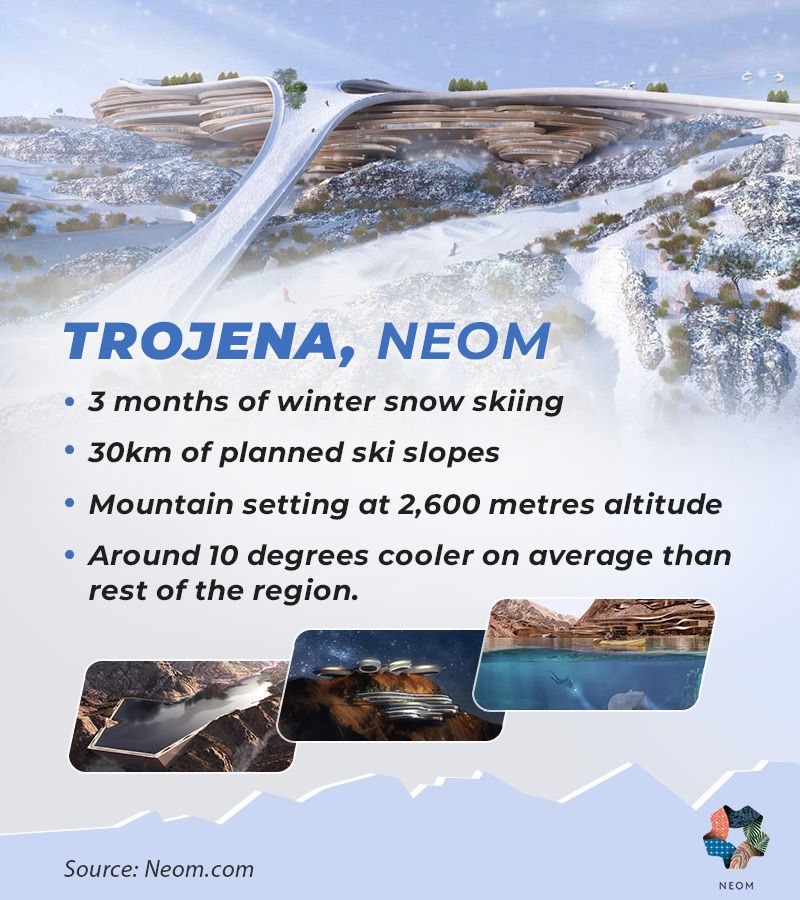
Trojena will have two competition clusters: a snow cluster that includes alpine skiing, snowboard, and slalom; and an ice cluster for ice hockey, figure skating, and curling.
“Trojena will have a suitable infrastructure to create the winter atmosphere in the heart of the desert, to make this Winter Games an unprecedented global event,” said Neom’s CEO Nadhmi Al Nasr.
Neom’s Managing Director Jan Paterson said artificial snow would be used as part of the project in addition to the natural snow. “Up to 70 per cent” of it will be snow melt.
How Trojena Games will boost Saudi tourism?
The Asian Winter Games in Trojena will present Neom to the world as a sustainable futuristic city taking shape in northwest Saudi Arabia. The ultra-luxury destination aims to be a major tourist destination. Sporting events, art exhibitions, concerts and cultural festivals are expected to attract 700,000 visitors and 7,000 permanent residents by 2030.



